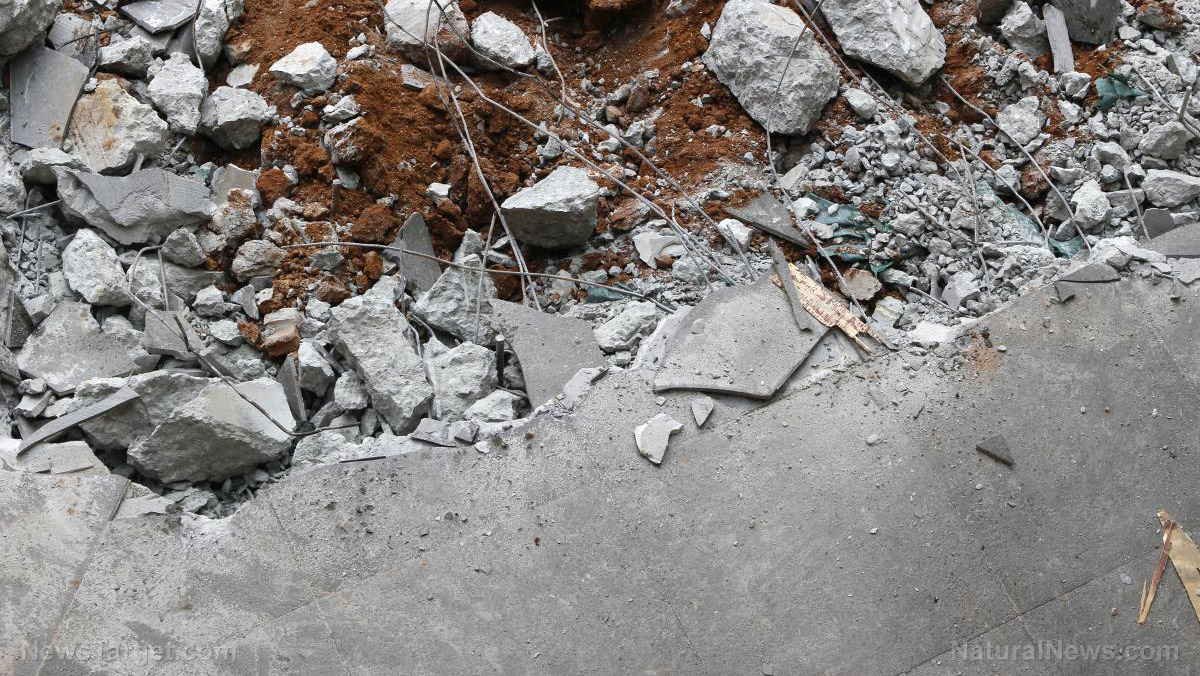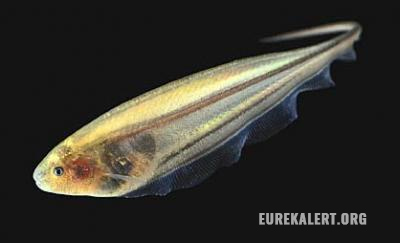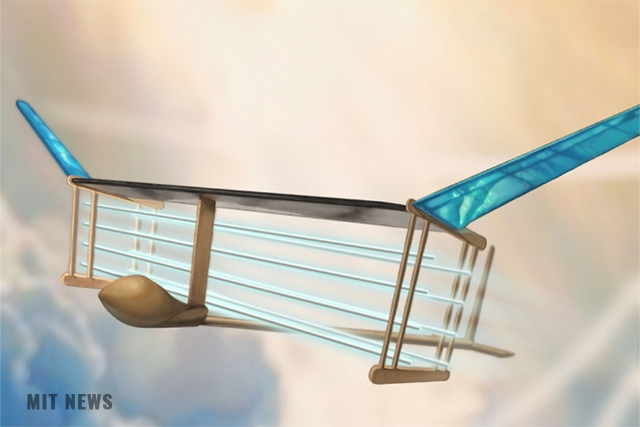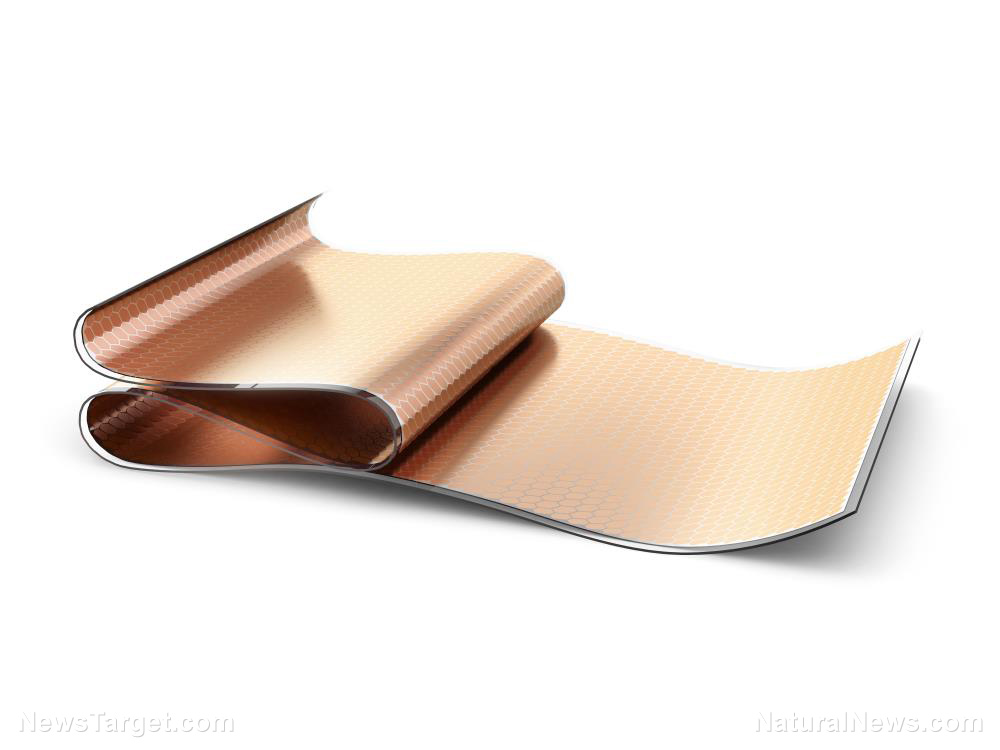New non-destructive method helps experts measure salt content in concrete structures and prevent damage
03/07/2019 / By Edsel Cook

Japanese researchers came up with a new way to determine the amount of destructive salt that has accumulated in a concrete structure. They bombarded a structure with neutrons, causing the salt crystals in the material to give off detectable reactions.
Infrastructure gets worn out from the passage of time, human usage, and exposure to natural weather. Structures built near or over bodies of water are much more vulnerable to degradation. This is doubly true if the water is salty.
In August 2019, an old and important concrete bridge in the Italian port city of Genoa suffered a partial collapse. Dozens of people lost their lives in the incident.
The Genoa disaster caused many countries to reevaluate their aging infrastructure. Japan is no exception. It built numerous bridges and tunnels during the 1960s and 1970s, and those decades-old structures are now showing warning signs.
Shutting down infrastructure for a safety inspection disrupts the lives of people who use or even depend on it. Furthermore, conventional methods can cause further damage to the structure.
To evaluate the salt content in a concrete structure, a cylindrical sample is drilled out and taken to the lab for analysis. This takes a while and can further weaken the already suspect integrity of the building. (Related: China to build “solar roadways” with fully transparent concrete covering solar cells.)
A neutron-based “X-ray” of a concrete structure can reveal its salt content
A RIKEN research team wanted a faster means of evaluating the salt content of concrete structures. The new method also needed to be non-destructive.
They settled on a device that fires a beam of energized neutrons. These neutral subatomic particles do not use electromagnetic force for their interactions with other particles.
Immune to the effects of electric charge, a neutron can get very far into a metallic material before it finally hits a nucleus that it can interact with. When that happens, the impact will unleash a small but detectable amount of gamma rays.
The researchers hooked up a neutron emitter to the Riken Accelerator-driven Compact Neutron Source (RANS). A compact source of neutral particles developed by another RIKEN team, RANS works by pelting beryllium with protons.
The resulting neutron beam was directed at a group of concrete blocks. Squeezed between each block was salt. When a neutron hit the nucleus of a salt atom, the salt would release gamma rays.
The set-up featured germanium detectors that were tuned to look for a type of gamma ray that the nucleus immediately released upon getting hit by a neutron. These “prompt” gamma rays have very distinct energy peaks.
Scanning concrete structures quickly without needing to punch more holes in them
The results of the RIKEN trial showed that the neutron beam emitter could reach salt hidden behind concrete as thick as seven inches (18 centimeters). Each session also took up just 10 minutes of time. Last but definitely not least, the neutrons did not cause any physical damage to the concrete.
“This is very exciting, because Japan is suffering from serious infrastructure degradation, and it is impossible to predict when a major accident will happen,” said RIKEN researcher Yoshie Otake, the head of the project. “Our feasibility study has shown that neutron beams can indeed be used to measure whether the salt content of a concrete structure is within the legal limits set by the government.”
RANS is compact compared to other neutron sources, but it cannot be considered portable. With this in mind, Otake and his colleagues are planning to design an even smaller neutron source that can be brought to different locations and used onsite.
Sources include:
Tagged Under: breakthrough, building materials, collapsing infrastructure, concrete, construction, construction materials, future science, future tech, infrastructure, innovation, materials research, science and technology



















